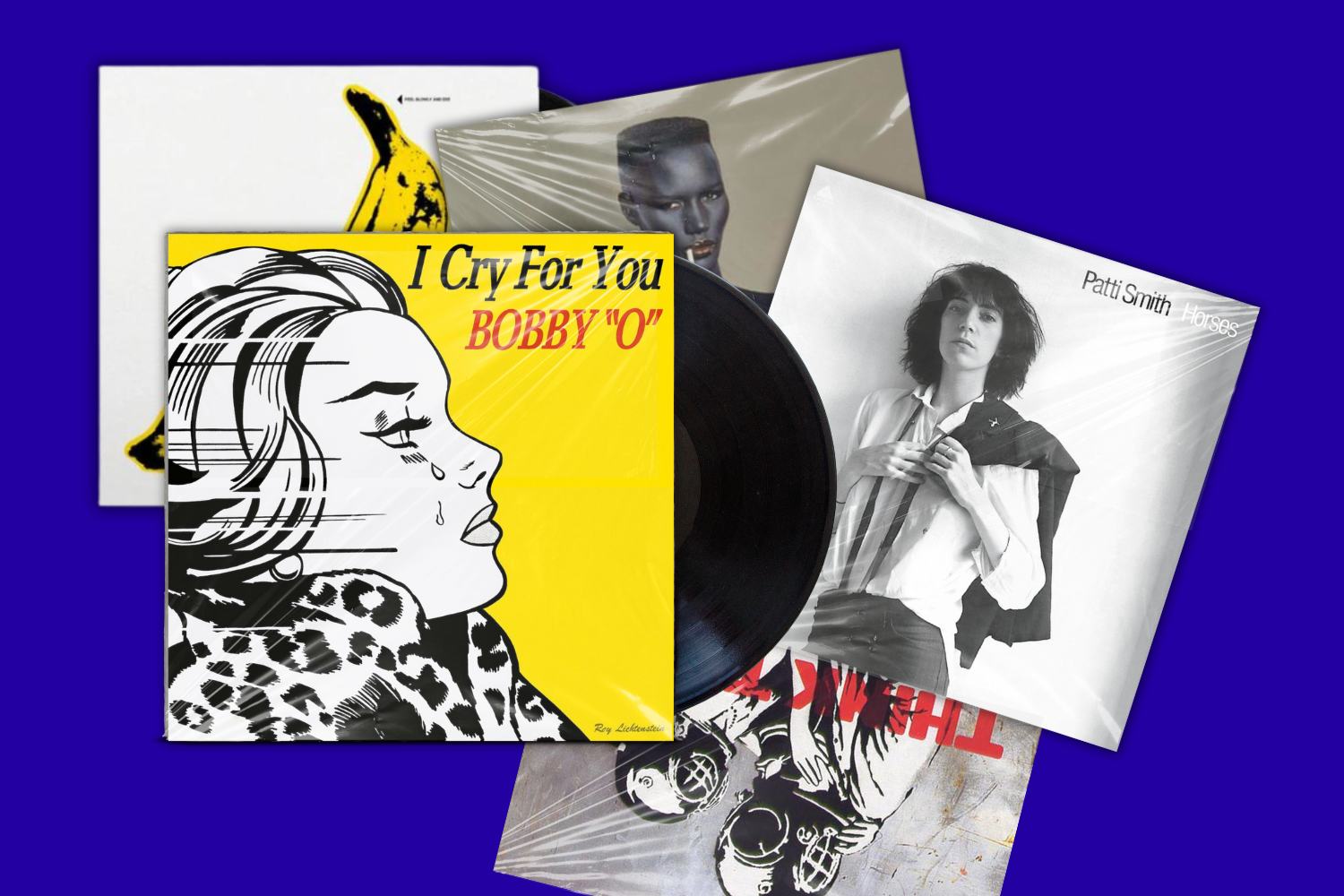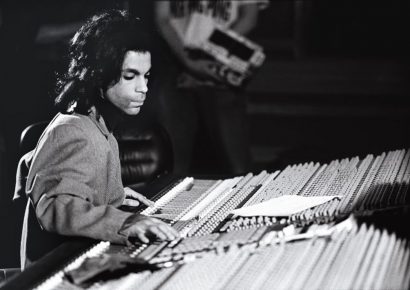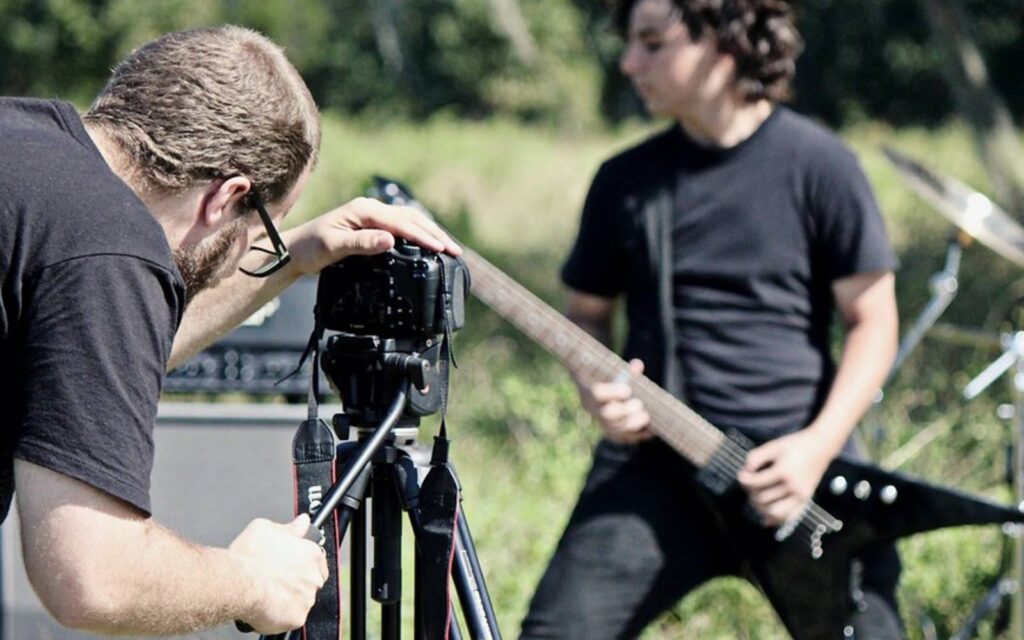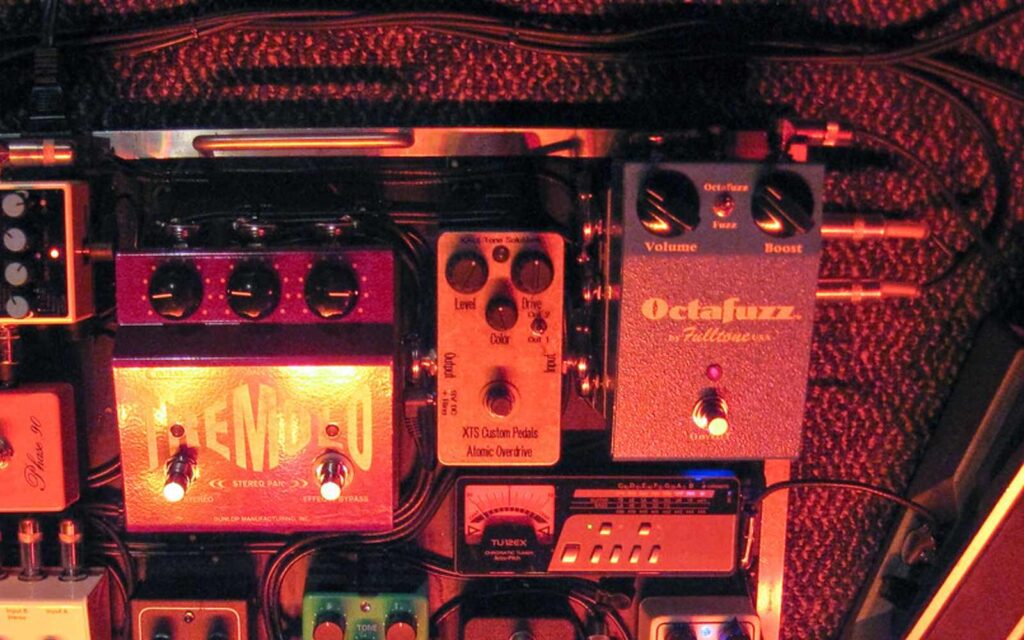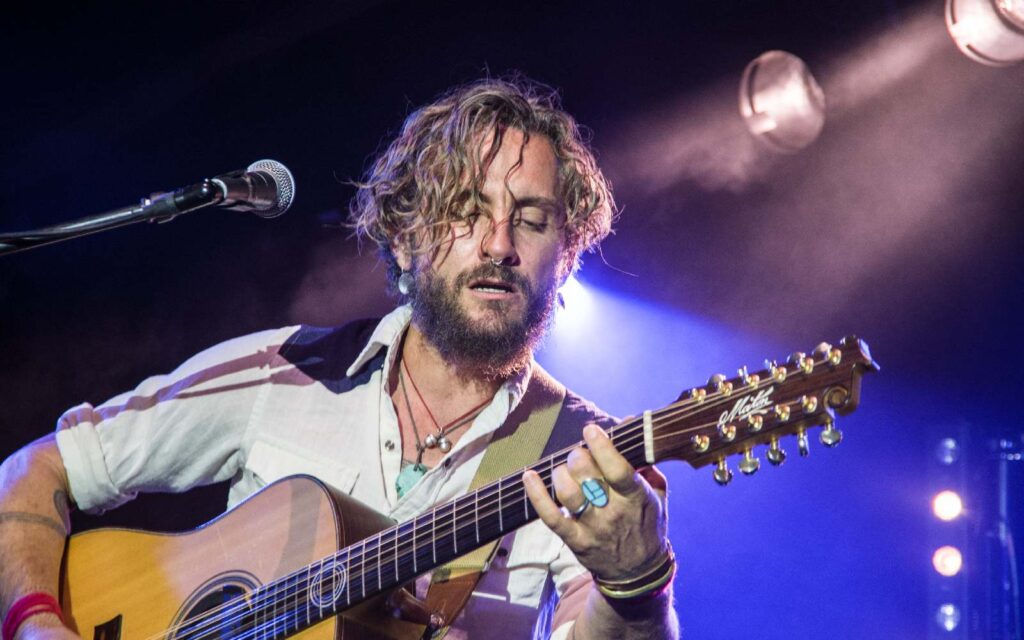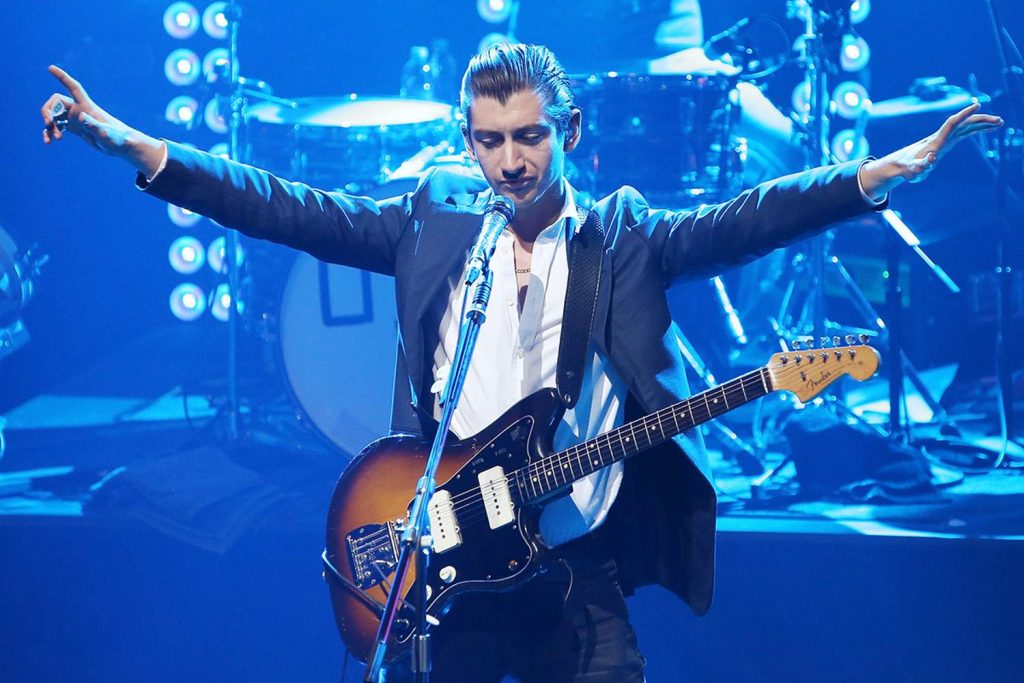Album cover artwork has always been an extra layer of creativity, or stress, for bands.
There’s some truly iconic album cover artwork out there, some that provide a dichotomy to the music, others that compliment and capture the essence of the album, while some take quite a literal direction (I’m looking at you Pink Floyd The Wall).
Because there’s an extra element of creativity, some artists decide to push this a step further, bringing in artists in their own right to put their stamp on the finished record. We’ve compiled 10 pieces of album cover artwork made by some world-renowned artists.
Read up on all the latest features and columns here.
Banksy – Blur Think Tank
While Banksy’s identity remains anonymous, their contributions to the art world certainly haven’t gone unnoticed. Well known for works like Love is in the Air (Flower Thrower), and a collection of murals of Girl with Balloon, Banksy also sold a printed and framed version of Girl with Balloon before it famously shredded itself within the frame after auction.
Banksy also made the album artwork for Blur’s Think Tank. The album is loosely a concept album about “love and politics”, a contrast often portrayed in Banksy’s art.
Think Tank is one of the only commercial jobs Banksy has ever accepted, being generally against them in principal. In response to criticism, Banksy said they believe it’s okay to work on “something you actually believe in, doing something commercial doesn’t turn it to shit just because it’s commercial.”
Damien Hirst – Red Hot Chili Peppers I’m With You
Damien Hirst is an artist and art collector himself who produced the artwork for the Red Hot Chili Peppers’ I’m With You for its 2011 release. Having dominated the English art scene throughout the 90s, Hirst is also well know for his formaldehyde sculptures, where animals are immersed in a pool where time stands still.
This style is not unreminiscent of the I’m With You artwork, displaying a fly sat on a pink and white pill. At the time, the band’s frontman Anthony Keidis didn’t give too much prose to the art having a specific meaning, saying: “It’s art. Iconic. We didn’t give it its meaning but it’s clearly open to interpretation.”
The pill calls back to Hirst’s previous work involving pharmacies from the 90s, as well as the obvious scientific, life and death themes present in his formaldehyde sculptures.
Andy Warhol – Nico & The Velvet Underground The Velvet Underground and Nico
Possibly one of the most famous album covers in history, Andy Warhol created the now famous banana artwork for a collaboration album between German singer Nico and The Velvet Underground.
Known for his pop art, The Velvet Underground and Nico’s artwork is classic Warhol. Various versions are available, but always with Andy Warhol’s name signed, as well as a peelable version revealing a pink, pop-art banana beneath the yellow and black peel.
Andy Warhol – Rolling Stones Sticky Fingers
The Rolling Stones Sticky Fingers was released in 1971, representing a return to form for the band. After a few years of experimentation, Sticky Fingers songs are made up mostly of the four members of the band, rather than layers of production, percussion and additional musicians.
Andy Warhol’s artwork for Sticky Fingers was originally complete with a zipper that opened to reveal the man’s underwear, and subsequent copies featured only a photo of the closed zipper as the mechanism had damaged vinyl sleeves and records themselves. They were also very expensive to produce and a hard sell for the price.
Robert Mapplethorpe – Patti Smith Horses
Photography is a seemingly simple concept for album artwork, but few photos capture the essence of a record, the melancholy and the pain of music like Robert Mapplethorpe’s photo for the album cover artwork of Horses.
A part of a series of photos, the artwork depicts Smith in a white button-up shirt with suspenders and her jacket slung over her shoulder. The art couldn’t be more Robert Mapplethorpe, his style being almost exclusively black and white photos of celebrity portraits, male and female nudes and still-life images. They all capture the essence of a moment in one way or another.
Jean-Paul Goude – Grace Jones Nightclubbing
Jean-Paul Goude is, in a word, a creative. He’s a graphic designer, illustrator, photographer, advertising film director and event designer, and he shot the now iconic photo of Grace Jones for her album Nightclubbing.
A contrast to the rest of the disco scene, dressed to the nines in jewelry, loud outfits and over-the-top dancing, Grace Jones was stark in a dark suit against a beige background, the white of the cigarette popping through, her angular haircut matching the sharp shoulder pads and her striking features. Shot in 1981, Goude said “I wanted to focus on her masculinity – to use what other people thought an embarrassment, and turn it to her advantage.”
Mark Ryden – Tyler, The Creator Wolf
Mark Ryden is known the world over for his contrasting pieces involving doll-like figures in hauntingly beautiful, dream-like scenes. The style has been dubbed pop-surrealism, the art pushing the boundaries in a sort of augmented reality.
Ryden painted Tyler, The Creator for his album artwork Wolf. Tyler is depicted on a bike, sat staring, open-mouthed in front of a lake. His hat displays the name Wolf, and while seemingly a simple scene, Tyler is surrounded by an eyeball in the tree trunk, a baby sproutling and a teddy bear-esque creature wandering behind him. Ryden’s work is identifiable immediately, and the Wolf artwork is no different.
Roy Lichtenstein – Bobby “O” I Cry for You
Roy Lichtenstein helped pioneer the pop art movement along with people like Andy Warhol. The irony and parody in his work is part of what made it famous, as well as his use of digital medium to create layers and depth in colour.
Lichtenstein’s style is reminiscent of comic books, and this is particularly present on the artwork for Bobby “O”’s I Cry for You. The artwork, used for the single and LP, displayed a woman with tears rolling down her cheek, the movement within the art implying she’s moving at speed. There’s also a variant version available, focused on just the eye, with tears falling onto the frame around it.
Gerhard Richter – Sonic Youth Daydream Nation
A departure from his usual colour studies, German artist Gerhard Richter created the artwork for Sonic Youth’s Daydream Nation. Richter is known for his colourful creations, using different tools to scrape, smear and layer paint upon itself, revealing shapes and depth, named a few of them simple terms like Abstract Painting, Abstract Picture and Abstraktes Bild.
Beyond his abstract work, Richter also created startlingly realistic paintings, Sonic Youth using Kerze (“Candle“) for their 1988 album. Kerze is one oil painting from a series of them from Richter.
Salvador Dalí – Jackie Gleason Lonesome Echo
Salvador Dalí’s work is instantly recognisable, his depictions of dream-like scenes sharing a depth and clarity in his painting.
This is on show in Jackie Gleeson’s 1955 album cover artwork for Lonesome Echo. Borrowing from his earlier works from the 30s that explored depth and perspective, Dalí painted a desert like landscape, the shadows becoming long at the end of the day. The lone walker both offers perspective to the butterfly totem and rock represented in the painting, while lute appears to be approximately human-size.
Keep reading about Banksy’s shredded artwork here.
